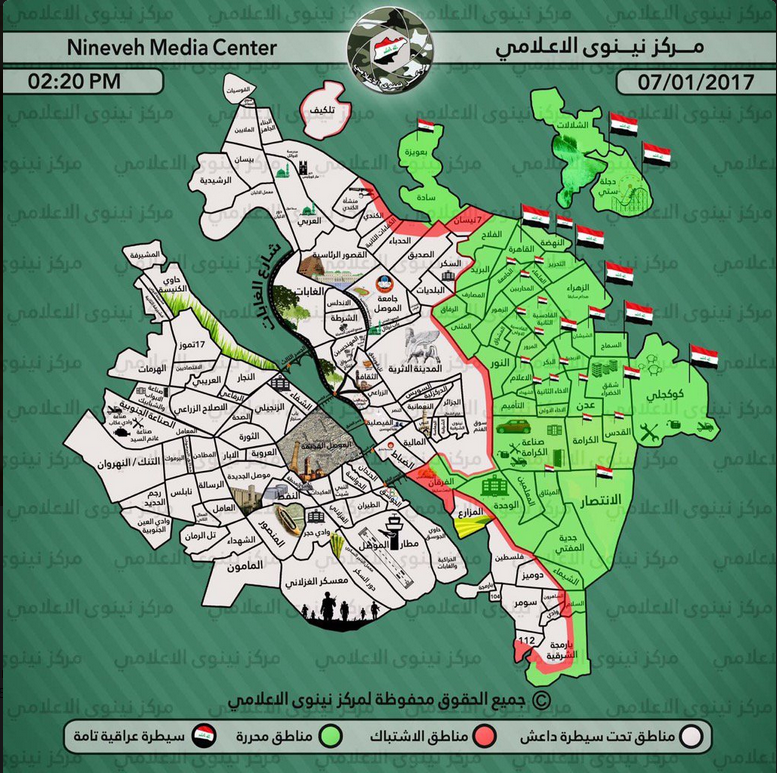Examining the fourth lecture from Professor Michael Spagat’s Economics of Warfare course that he gives at Royal Holloway University. It is posted on his blog Wars, Numbers and Human Losses at: https://mikespagat.wordpress.com/
This one is on “opportunity costs,” linear regression, comparing unemployment rates to violence, and the effectiveness of some civil action problems in Iraq to violence. This discussion does get into the weeds, so to say. It is not casual reading. The link to the lecture is here: http://personal.rhul.ac.uk/uhte/014/Economics%20of%20Warfare/Lecture%204.pdf
To summarize:
- On slide 9 there are links to two papers by Dr. Eli Berman and others: 1) Do Working Men Rebel? Insurgency and Unemployment in Afghanistan, Iraq and the Philippines? (2011) and 2) Modest, Secure and Informed: Successful Development in Conflict Zones (2013).
- Conclusion on Berman’s first paper: It is a little more complicated than a simple trade-off between violence in an insurgency and unemployment (slides 11-13). In fact the relationship is “negative.” As Dr. Spagat notes (slide 26): “In summary, I would say that the relationship between unemployment and violence in Iraq is not tiny, but it is not big either.”
- Conclusions on Berman’s second paper: This one look at levels of funding versus insurgent attacks. There are of course problems with trying to determine cause and effect here (see slides 29-30). As Dr. Spagat notes (slide 41): “Again, we wind up with a statistically significant effect that does not have enormous practical significance.”
Now, I did discuss civil works briefly in Chapter 14 of America’s Modern Wars. It is a grab bag chapter called “Other Issues” that looked at 1) Duration of Insurgencies by Type of Insurgency, 2) Outcome of Insurgency by Type of Insurgency, 3) Winning Hearts and Minds, 4) Decapitating Insurgencies, 5) Early Suppression of Insurgencies, 6) Wounded to Killed Ratios, 7) Exchange Rates, 8) Bleeding an Insurgency to Death, and 9) Focus on Population.
In the section on “Winning Hearts and Minds” we ended up noting (on page 151) that:
As much as people talk about winning hearts and minds (a Vietnam-era phrase, which of course, was not entirely successful), there is no program, theory, agenda or list that tells the counterinsurgent what he must do to achieve this….
In the long run, there needs to be a focused analytical effort that looks at what efforts in other insurgencies have actually worked in the long run to gain support from the population, and what efforts in other insurgencies have not made that much of an impact. Considering the large amount of money being spent on these efforts, it is surprising that nothing systematic has been developed on this.
I do start the Chapter (page 147) with a great quote written by Bernard Fall in 1967:
Civic action is not the construction of privies or the distribution of anti-malaria sprays. One can’t fight an ideology; one can’t fight a militant doctrine with better privies. Yet this is done constantly. One side says, “Land Reform,” and the other side say, “Better culverts.” One side says “We are going to kill all of those nasty village chiefs and landlords.” The other side says, “Yes, but look, we want to give you prize pigs to improve your strain.” These arguments just do not match. Simple but adequate appeals will have to be found sooner or later.
Anyhow, it does not look like this has all been resolved yet. The line to remember is: “One can’t fight an ideology, one can’t fight a militant doctrine with better privies.”



